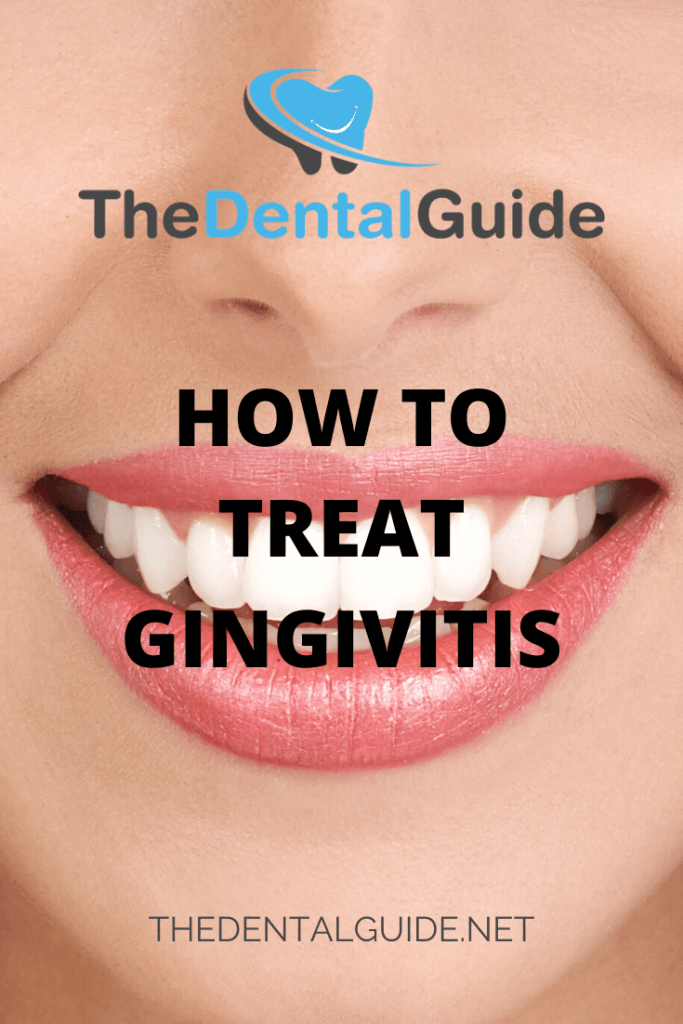Gingivitis, inflammation of the gum tissue around teeth, is characterized by swollen, red gums that easily bleed when brushing and flossing. The condition is common and usually painless.
However, gingivitis is the earliest stage of gum disease, and it can lead to a more severe form called periodontitis if left untreated.
The good news is that you can prevent gingivitis by practising good hygiene. Also, by learning how to treat gingivitis at home, you can reverse the condition before it becomes severe.
Causes
Understanding what can cause inflamed gums is the first step in learning how to treat gingivitis.
Allowing plaque to build up on the teeth causes gingivitis. When you don’t remove plaque, it accumulates along the gum line and hardens into tartar. This calcified substance irritates and inflames the gums and leads to redness and bleeding.
There are several risk factors known to contribute to the development of gingivitis:
- Hormonal changes – Hormones can contribute to gingivitis by causing partial immune suppression and other effects. Women experiencing pregnancy, puberty, or menopause can be more susceptible to gingivitis.
- Tobacco use – Smoking dramatically increases your risk by reducing the strength of your immune system, and your body’s ability to heal.
- Diabetes – There appears to be a direct relationship between diabetes and gingivitis. Diabetes increases the risk of periodontal disease, and periodontal disease can also negatively affect glycemic control.
Home Treatment
It’s always a good idea to stay on a schedule with your dentist for routine care. However, if you’re starting to notice some signs of inflammation, don’t hesitate to begin gingivitis treatment at home.
Taking some simple steps can stop the development of gingivitis and restore your mouth to good health:
- Brush properly – Brush for two minutes, twice a day and make sure you focus on the gum line. Be gentle but thorough.
- Floss every day – Flossing once a day removes the plaque that causes gingivitis. Flossing goes deeper and cleans more effectively than brushing alone.
- Upgrade your toothbrush – Consider upgrading to an electric toothbrush for a deeper clean.
- Use an antibacterial rinse – Antibacterial mouthwash, saltwater rinses, and oil pulling can all catch the lingering bacterial left behind in hard to reach spaces.
If home treatment doesn’t work, contact your dentist for help with how to treat gingivitis.
Prevention
Prevention is the best treatment for gingivitis. Keep up with your professional cleanings and ask your dentist if you’re brushing and flossing correctly.
Use a soft-bristled toothbrush and be sure to hold it at a 45-degree angle when brushing. Brushing with this technique ensures your gumline is getting a thorough cleaning. Use circular motions and make sure you’re cleaning all surfaces of your teeth. Replace your toothbrush regularly, about every three months.
Eating a vitamin-rich, low sugar diet helps to prevent the buildup of plaque and supports your immune system in fighting inflammation. If you’re a smoker, quitting now can reduce your risk of developing gingivitis and other severe oral health conditions.
